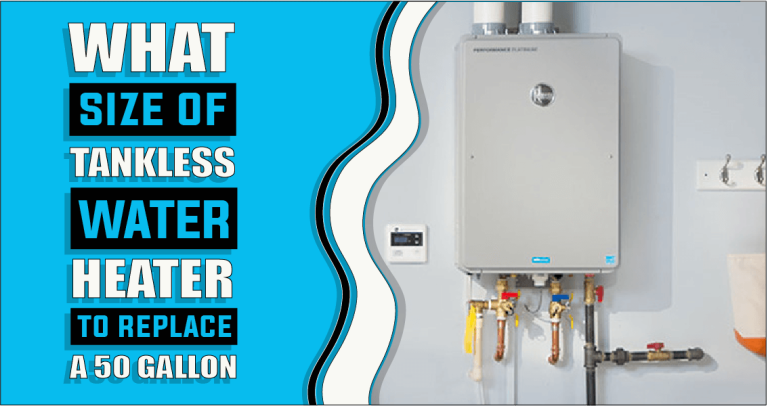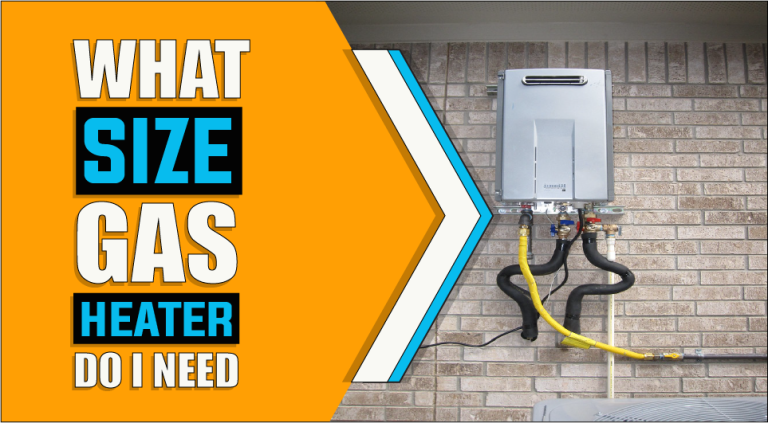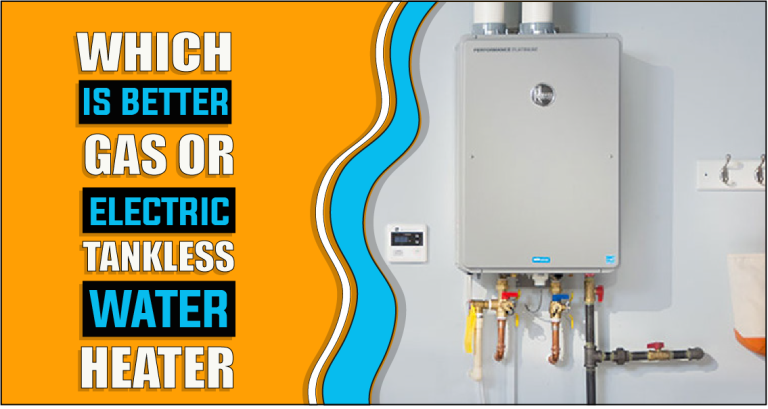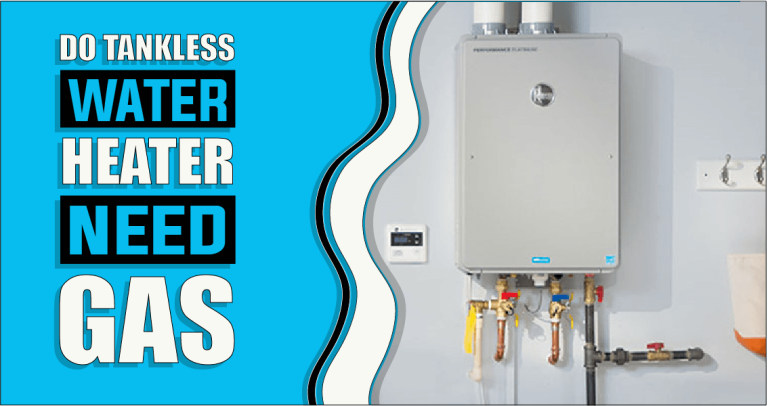What Causes Hot Water Heater Reset Button To Trip | Unraveling the Mystery
A water heater is an indispensable appliance in any household, providing warm water for bathing, cleaning, and daily routines. However, there are moments when this trusty companion encounters an issue, leaving us with a sudden and unwelcome cold-water surprise. One of the common culprits behind this inconvenience is the tripping of the water heater’s reset button. This guide will explore what causes the water heater reset button to trip. Let’s have a look!
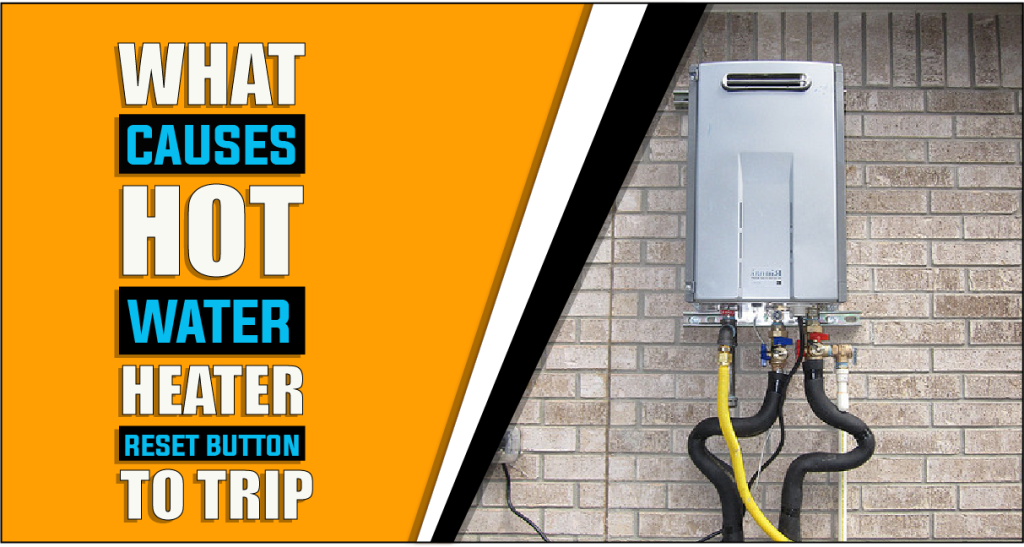
Top 10 Causes Why Hot Water Heater Button Trips
A water heater’s reset button can trip for various reasons, indicating potential issues with the unit. Here are ten common causes:
1: Electrical Overload –
An electrical overload occurs when the current drawn by your water heater exceeds the capacity of the circuit it’s connected to. Your water heater has a specific electrical rating, and if it malfunctions or has a wiring issue, it may draw more current than the circuit can handle. When the circuit detects an overload, it’s designed to trip the breaker as a safety measure to prevent overheating and potential electrical fires. To resolve this, check the wiring, thermostat, and heating elements for faults and ensure they are within the specified electrical ratings.
2: Faulty Heating Element –
Heating elements are essential components responsible for heating the water inside the tank. If one or more heating elements become short-circuited or malfunction, they can draw excessive current, leading to a breaker trip. Replacing the faulty heating element is typically the solution to this problem, and it’s a relatively straightforward repair for a qualified technician.
3: Sediment Buildup –
Over time, sediment from minerals in the water can accumulate at the bottom of the water heater tank. This sediment acts as an insulator, reducing the efficiency of the heating elements. The elements may stay on longer to compensate, drawing more power and potentially tripping the breaker. Regular maintenance, such as flushing the tank to remove sediment, can prevent this issue and help maintain the water heater’s efficiency.
4: Wiring Issues –
Damaged or frayed wiring within the water heater or the electrical circuit can create electrical shorts, leading to a breaker trip. Inspect the wiring for visible damage, including any exposed or disconnected wires. If you find damaged wiring, replacing it with the appropriate electrical cables is crucial to ensure a safe and secure electrical connection.
5: Faulty Thermostat –
The thermostat in your water heater regulates the temperature of the water. If it malfunctions, it may fail to turn off the heating element when the desired temperature is reached. As a result, the heating element can stay on continuously, drawing excessive current and potentially tripping the breaker. To address this issue, you may need to replace the faulty thermostat with a functioning one, ensuring it accurately controls the water temperature and heating element operation.
6: High-Resistance Connection –
Electrical connections between your water heater and the circuit must be secure and corrosion-free. Loose or corroded connections can create resistance in the circuit, causing it to overheat and potentially trip the breaker. Regularly inspect all electrical connections, including those at the breaker, thermostat, and heating elements, ensuring they are tight and corrosion-free. If you discover any issues, they should be addressed promptly to maintain a safe and efficient electrical connection.
7: Water Leaks –
Water and electricity don’t mix well. Water leaks within the water heater can lead to electrical shorts and potentially cause the breaker to trip. Water can infiltrate components like the thermostat or heating elements, compromising their integrity. It’s crucial to address any water leaks promptly by identifying and repairing the source of the leak. Additionally, inspect the electrical components for water damage and replace them if necessary to prevent further issues.
8: Age of the Water Heater –
Over time, the components of your water heater may wear out, including the heating elements and insulation. Older water heaters are more susceptible to electrical issues due to worn-out components or reduced efficiency. Suppose your water heater is approaching the end of its expected lifespan and is experiencing frequent breaker trips. In that case, it may be wise to consider replacing it with a newer, more energy-efficient model. A new water heater will provide better performance and reduce the risk of electrical problems.
9: Ground Faults –
Ground faults occur when an electrical current takes an unintended path to the ground. These faults can happen due to faulty insulation or damaged components within the water heater. Ground faults pose electrical hazards and can lead to a breaker trip as a safety measure. Identifying and repairing ground faults is crucial to ensuring the safe operation of your water heater. It may involve checking insulation, cables, and electrical connections to eliminate potential fault paths.
10: Breaker Wear and Tear –
Circuit breakers themselves can deteriorate over time due to wear and tear. A malfunctioning breaker may trip prematurely, even if the electrical system functions correctly. If other potential causes have been ruled out, it’s worth having the breaker inspected or replaced by a qualified electrician to ensure it’s functioning correctly and providing adequate protection.
Troubleshooting and Resetting the Button
When your water heater’s reset button has tripped, it’s important to follow a systematic approach to identify and address the underlying issue. Here are step-by-step instructions on how to troubleshoot and reset the button, along with essential safety precautions and guidance for homeowners:
1: Troubleshooting –
- Turn Off the Power: Before you begin any troubleshooting, turn off the power supply to the water heater. Locate the circuit breaker that controls the heater and switch it off. Safety should always be the top priority.
- Inspect for Visible Issues: Inspect the water heater for any signs of damage, leaks, or loose wires. Look for frayed or damaged wiring and check if there’s water pooling around the base of the heater. If you discover any visible problems, address them before resetting the button.
- Check the Thermostat: If the reset button has tripped due to a high-temperature cutoff, verify the thermostat settings. Ensure the thermostat is set to a safe and appropriate temperature, typically around 120 degrees Fahrenheit (49 degrees Celsius). If it was set too high, adjust it accordingly.
- Examine the Heating Elements: Faulty heating elements can also cause the reset button to trip. Check the condition of the heating elements for any signs of damage or wear. If they appear damaged, they may need replacement.
2: Resetting the Button –
- Locate the Reset Button: The reset button is typically near the thermostat or the upper thermostat. A red or black button protrudes slightly from the thermostat cover.
- Press the Reset Button: Gently press the reset button. You should feel a slight click as it resets. Be sure to press it only once. Repeatedly pressing the button won’t resolve the underlying issue and could damage the thermostat.
- Turn On the Power: After resetting the button, it’s time to restore power to the water heater. Please return to the circuit breaker and switch it back on. Ensure the breaker is securely in the “on” position.
- Monitor for Normal Operation: Allow the water heater some time to heat the water. Keep an eye on it to ensure it’s functioning correctly. Listen for any unusual sounds or leaks and observe the temperature of the hot water.
Safety Precautions and Guidance
When you get into this situation, always prioritize your safety. Follow these three crucial steps to avoid blunders:
1: Safety First –
Always prioritize safety. Turn off the power to the water heater before attempting any troubleshooting or resetting of the reset button.
2: Avoid Frequent Resets –
If the reset button trips repeatedly, resist the temptation to reset it continuously. Frequent tripping may indicate an underlying issue that requires professional attention.
3: Regular Maintenance –
To prevent future issues, perform regular maintenance on your water heater. This includes flushing the tank to remove sediment, inspecting wiring, and ensuring the thermostat and heating elements are in good condition.
By following these step-by-step instructions and adhering to safety precautions, homeowners can often troubleshoot and reset the hot water heater’s reset button.
When to Seek Professional Help
While troubleshooting and resetting the reset button can often resolve minor issues with your water heater, there are situations where it’s essential to enlist the expertise of a professional plumber or technician. Emphasize the importance of homeowner safety and potential needs for repairs or replacements in the following scenarios:
1: Frequent Tripping –
If the reset button on your water heater trips frequently, it may indicate an underlying problem that requires professional assessment. Repeatedly resetting the button without addressing the root cause can be unsafe and lead to further damage. A professional can diagnose the issue and provide an effective solution.
2: Water Leaks –
Any sign of water leaking from your water heater should be taken seriously. Water and electricity are dangerous, and water leaks can potentially damage electrical components, posing a significant safety hazard. Contact a professional immediately to address the leak, inspect the heater, and perform necessary repairs.
3: Electrical Issues –
Suppose you suspect or observe electrical problems beyond the reset button, such as damaged wiring, faulty circuit breakers, or issues with the thermostat and heating elements. In that case, consulting a qualified technician or electrician is crucial. Electrical issues can be hazardous and require specialized knowledge and skills to resolve safely.
4: No Hot Water –
When your water heater stops producing hot water entirely, despite resetting the button, it may indicate a more complex issue. Professional assistance is necessary to diagnose and repair the problem, including heating element replacement, thermostat adjustment, or other critical repairs.
5: Aging Water Heater –
Suppose your water heater is approaching the end of its expected lifespan and is experiencing frequent problems. In that case, it may be more cost-effective to consider a replacement rather than investing in extensive repairs. A professional can assess the heater’s condition and recommend whether a new unit is the best solution.
6: Safety Concerns –
Any situation that raises safety concerns, such as unusual sounds, strong odors, or a water heater that feels excessively hot to the touch, should prompt immediate action. These signs may indicate a potentially dangerous issue that requires the expertise of a professional to assess and address.
7: Inadequate Hot Water –
A professional can evaluate the system’s capacity and efficiency if your water heater consistently fails to provide an adequate hot water supply for your household’s needs. They can recommend adjustments, upgrades, or replacements to meet your hot water needs.
8: Complex Repairs –
When troubleshooting reveals complex issues you’re uncomfortable or equipped to handle, it’s best to call a professional. Attempting complex repairs without the necessary knowledge and experience can lead to further complications and safety risks.
In all these situations, the safety of homeowners and their families should be the top priority. Professional plumbers and technicians have the training, expertise, and tools to diagnose problems accurately, perform repairs safely, and provide guidance on whether repairs or replacements are the most cost-effective solution. Seeking professional help when necessary ensures your hot water heater’s continued functionality, safety, and efficiency.
Conclusion:
In conclusion, understanding what causes the water heater reset button to trip and the various factors that can lead to the tripping of the water heater reset button is essential for maintaining the efficiency and safety of your water heating system. The reset button is vital in preventing overheating and potential hazards, whether it’s due to electrical overload, thermostat malfunctions, sediment accumulation, heating element issues, or other causes. Ultimately, a well-maintained water heater is more reliable and safer, providing consistent hot water without unexpected interruptions.
Relevant Questions:
When the reset button on your water heater trips, it indicates that a safety feature within the heater has detected an issue. It’s a protective measure designed to prevent potential overheating or other hazards. Addressing the underlying problem causing the reset button to trip is essential.
The reset button is typically found near the thermostat, usually on the front of the water heater. It’s usually a red or black button that protrudes slightly from the thermostat cover.
In most cases, the reset button doesn’t need replacement. It’s typically the underlying issue that needs addressing. If you suspect the reset button is faulty, consult a professional technician for guidance and replacement.
The reset button tripping is a safety feature to prevent dangerous overheating in your water heater. While it’s not inherently dangerous, it indicates an underlying issue that needs attention. If the reset button trips, follow these steps:
1) Turn off the power to the water heater.
2) Allow the system to cool down.
3) Identify and address the cause of the tripping, such as sediment buildup, thermostat malfunctions, or heating element issues.
4) Once the problem is resolved, reset the button and restore power. Regular maintenance and timely repairs are essential to prevent the reset button from tripping and ensure the safe operation of your water heater.
Ella John is passionate about helping her readers make the best choice when purchasing a heater. She understands that selecting a heater can be difficult and strives to provide information to help make the decision easier. Ella’s website, Heatersinfo.com, provides valuable insight into heating trends and types of heaters and tips on how to care for them. She also advises selecting the right heater based on individual needs and preferences. Her expertise in electronics makes her an excellent source of knowledge, and she is confident that anyone who visits her website will find the perfect heater information for their needs. Ella’s dedication to helping others make educated decisions about buying the right heater is unparalleled, and she hopes to continue offering her expertise for many years. With Ella’s help, finding the perfect heater can be a breeze!

